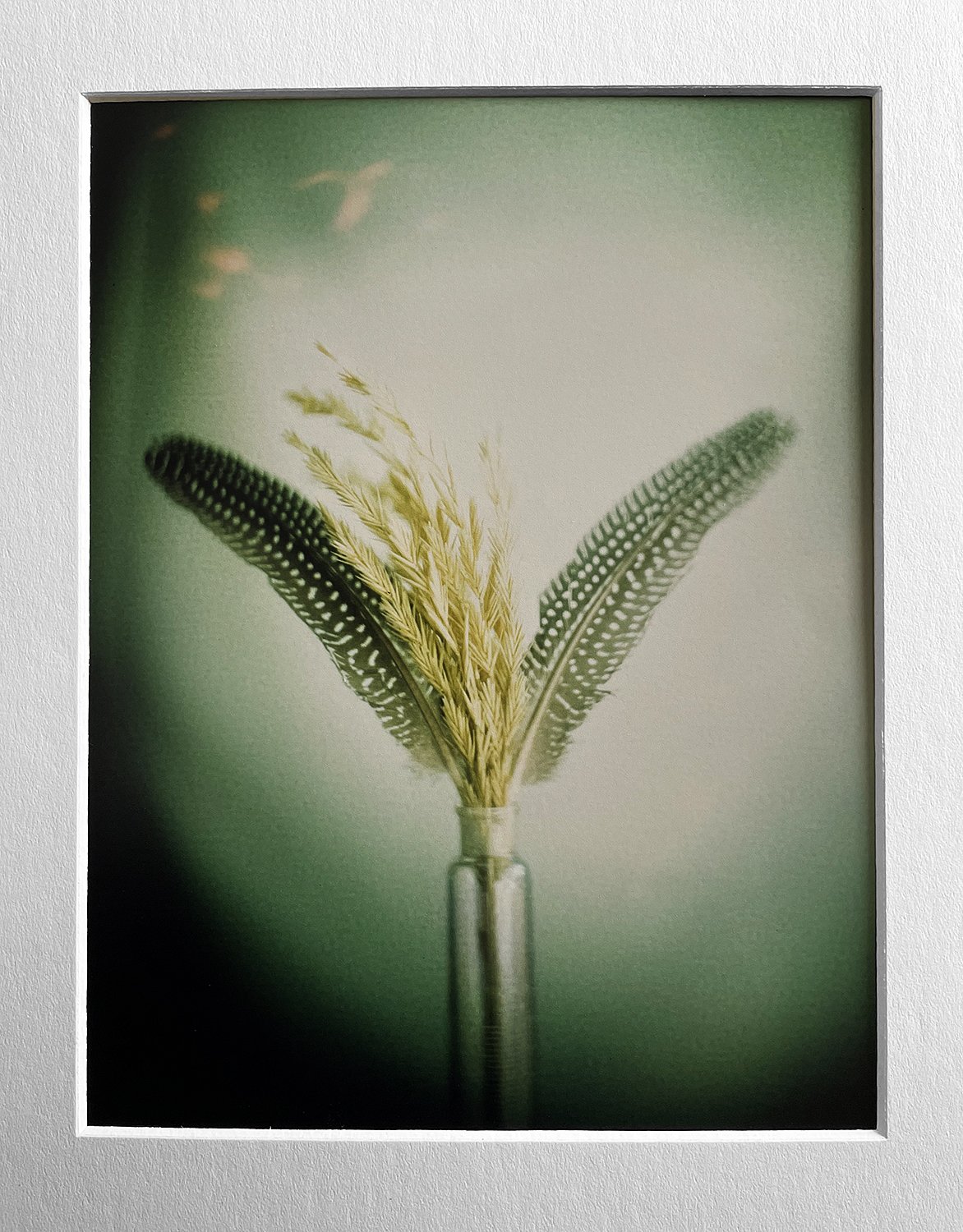In a lot of the photographic processes I’ve worked in, artifacts or defects in the process are a common occurrence. The wet collodion process is well known for these process defects. The beginners embrace them and call them “artistic.” Sometimes they are or can be, but most of the time it’s just used as a defense for poor processing techniques or a lack of understanding of the process.
I have used them in my work occasionally, but not often. The trick is control. Without control, they are simply mistakes. I won’t argue this point with people; if they like “oysters” and “comets,” so be it. Who am I to tell them any different? It’s their picture, not mine.
Having said that, I wanted to share this image. I made it today, August 1, 2023. Here’s the background (technically): After about 35 prints, which are 10” x 10” (25,4 x 25,4 cm), my Dektol developer starts to fail. When it starts to fail, I get crazy aberrations on the prints. Sometimes they are gorgeous; other times, not so much. Today, my print count was 36. I knew my developer was going to start failing. I took my chances with this print. And it turns out that the artifacts or defects are not only beautiful but also adds so much to the image.
I switched from a dark background to a pure white one. I wanted to play with the wheat and bird feathers. I wanted a painterly “light” image that would “give flight” to the objects. And check it out; there are shapes that resemble birds above the feathers and wheat. I was stunned and excited to see them!

